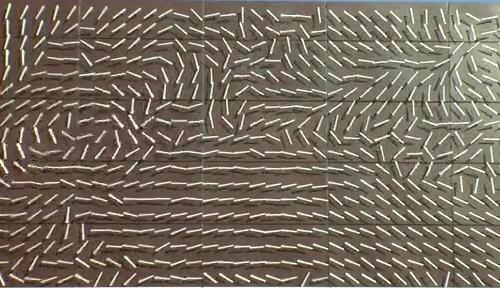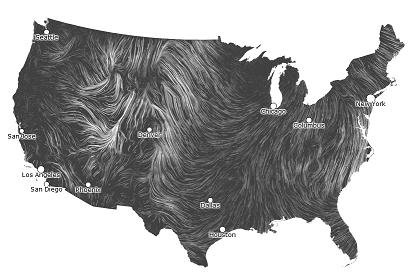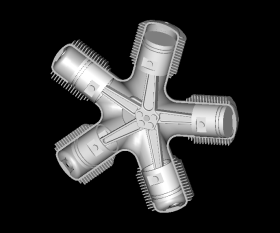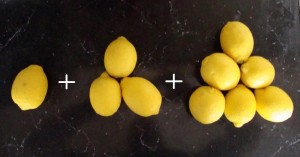 This sculpture by Charles Sowers functions simultaneously as a stimulating piece of art, a representation of data, and an illustration of vector fields.
This sculpture by Charles Sowers functions simultaneously as a stimulating piece of art, a representation of data, and an illustration of vector fields.
https://www.fastcompany.com/1669276/a-weathervane-wall-turns-wind-patterns-into-data-art
Windswept is a giant billboard covered in little aluminum arrows that twist and turn in the wind. The arrows can be thought of as bits of data, namely, the direction of the wind that point. Taken together, and dynamically, they give a sense of the complicated nature of swirling and changing winds.
Just like this wonderful wind map, this sculpture represents mathematical ideas in a beautiful and thought-provoking way!



